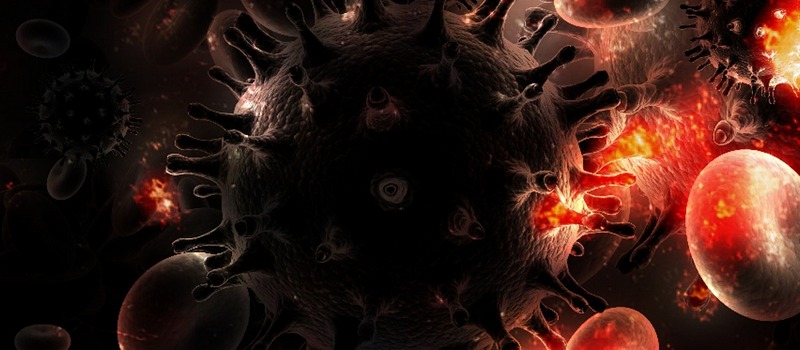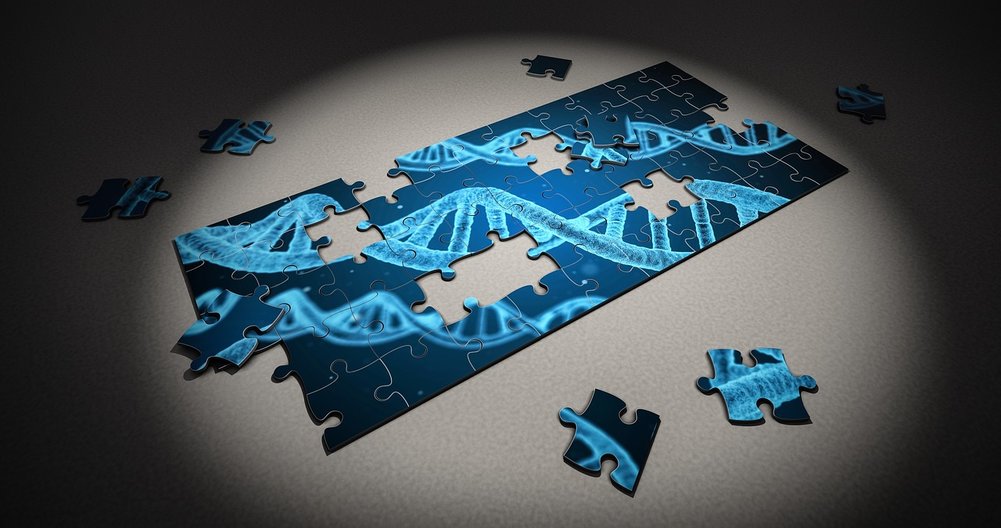The Francis Crick Institute of London was granted permission for genome editing in human embryos in order to study the complex processes involved in early miscarriage. This is the first time a research team has ever been exempt from the ban on human testing and represents an important step forward for science.
Embryonic genome editing has arisen as an extremely promising research tool for understanding developmental disorders and inherent genetic traits, even more so by the recent addition of CRISPR/Cas9 to the gene-editing toolbox. However, up until now, scientists were forbidden from carrying out such experiments in human embryos, due to ethical concerns over the emergence of so-called designer babies.
Now a group of researchers, led by embryologist veteran Dr. Kathy Niakan, has been granted the permission to conduct gene editing experiments in early embryos by London´s HFEA. The group aims to unravel the complex polygenetic mechanisms responsible for miscarriage in early human development, particularly in the first seven days following conception. They intend to use CRISPR/Cas9 to examine the effects of a number of genes involved in early developmental disorders, previously reported as promising candidates by animal studies.
“We would really like to understand the genes needed for a human embryo to develop successfully into a healthy baby. The reason why it is so important is because miscarriages and infertility are extremely common, but they’re not very well understood” told Niakan for BBCs.
The human genome editing debate is an ethical minefield that still lingers in the scientific community today. There are different sides to the coin and the solution is far from trivial. On one hand, such research would likely provide invaluable insight into human development and could help us battle so far incurable diseases. On the other hand, we have to be cautious, a slip to The brave new world can be a quick one.
Learn more about genome editing, its benefits in humans and the necessary precautions in the video below:
By Luka Zupančič, MSc, University of Applied Sciences Technikum Vienna











